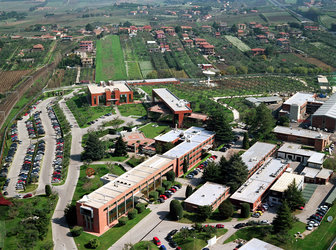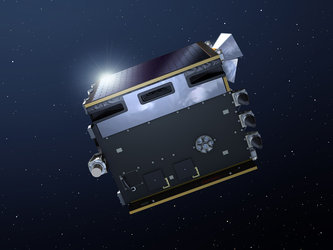On the ground
Proba-V’s Vegetation instrument will observe on an ‘always on’ basis, viewing most of Earth’s land daily and all of it every two days. Accounting for cloud cover, a complete image of Earth should be available to users every ten days.
Data will be downlinked once per orbit to a ground station (ESA’s Kiruna site in the Swedish Arctic during the commissioning phase) then relayed to the Flemish institute for technological research (VITO) in Belgium where results will be processed and distributed to users. This processing will take place on a near-realtime basis into one-day and ten-day products (plus, if requested, the raw 100 m-resolution product).
The exploitation phase of Proba-V – turning data into products that can be put to useful work by users – will be managed by ESA from ESRIN, ESA’s centre for Earth observation, in Italy.
Like its Proba predecessors, the satellite platform will be controlled from ESA’s Redu Centre amid Belgium’s Ardennes forest. The satellite is designed to operate as autonomously as possible, so is overseen by a small team. This location is also where its additional ‘techno-demo’ payloads testing promising technologies in space will be operated from.















 Germany
Germany
 Austria
Austria
 Belgium
Belgium
 Denmark
Denmark
 Spain
Spain
 Estonia
Estonia
 Finland
Finland
 France
France
 Greece
Greece
 Hungary
Hungary
 Ireland
Ireland
 Italy
Italy
 Luxembourg
Luxembourg
 Norway
Norway
 The Netherlands
The Netherlands
 Poland
Poland
 Portugal
Portugal
 Czechia
Czechia
 Romania
Romania
 United Kingdom
United Kingdom
 Slovenia
Slovenia
 Sweden
Sweden
 Switzerland
Switzerland






























